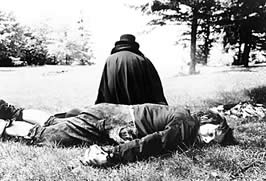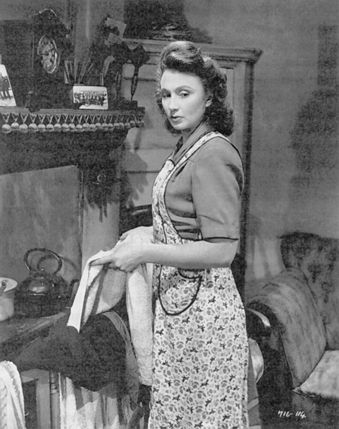The ever-astute Hooting Yard reader OutaSpaceman was much stirred by yesterday’s item on the Silos Of Concern. When he had finished reproaching me for reading the Guardian – claiming it makes me “huffy†– he very helpfully wrote to tell me that it is possible to fry an egg in a silage pit. Naturally, I asked for further details, to which he replied as follows:
Choose your silage pit.
Dig down about 2 feet. (Deeper the hole quicker the frying time)
Crack egg into hole.
Wait and observe the egg, turning if necessary, till it is cooked to your taste.
Retrieve the fried egg and marvel.
ON NO ACCOUNT ATTEMPT TO EAT THE EGG.
It will probably be poisonous or, at least, shot through with rotting grass.
I read this with some consternation. Important questions were screaming in my head. What criteria should I use to make my choice of silage pit? Could I dig using any old spade or did he recommend a particular kind? Would I need a metal or plastic or wooden spatula to turn and retrieve my egg, or would any kind do? What did he suggest I do with the uneaten egg once I had stopped marvelling? Could it be fed safely to any barnyard animals? If so, which ones?
I am pleased to say that OutaSpaceman wrote back with commendable promptness. This is what he had to say:
1. Age is the primary criteria. The longer the pit has been filled and festering the better.
2. A peat cutter is probably the best implement to use as this will give the hole good clean corners and prevent side collapse. (On no account should a shovel be used because of the contamination risk i.e. I’ve never shovelled excrement with a spade)
3. My own preference is for a stainless steel spatula with a wooden handle. Hygiene being the prime advantage of this utensil and the opportunity for reuse after a comprehensive sterilisation. Wooden spatulas carry the risk of contamination from prior use and the very real threat of combustion. Plastic spatulas will melt.
4. The uneaten egg should be placed on a clay pigeon trap and shot at by an untutored, unsupervised ten year old child. Feeding animal protein to, in the majority, vegetarian creatures is an unnatural practice. That’s how we got BSE.
If any other readers have any silage pit-related recipes, please send them in. We could have the makings of a Christmas bestseller.




